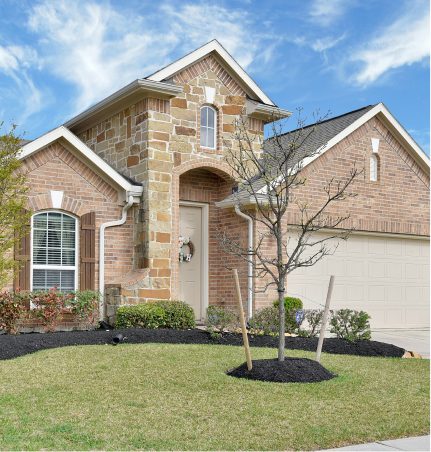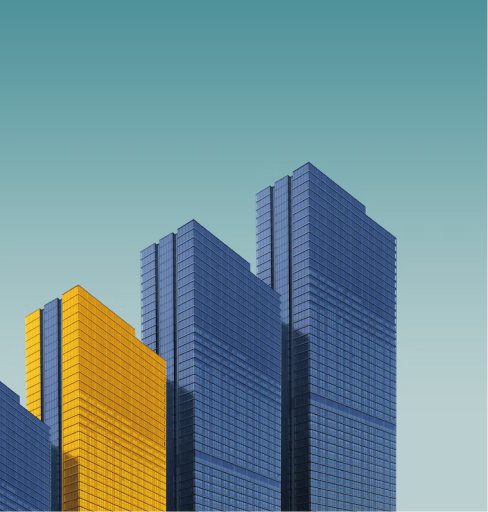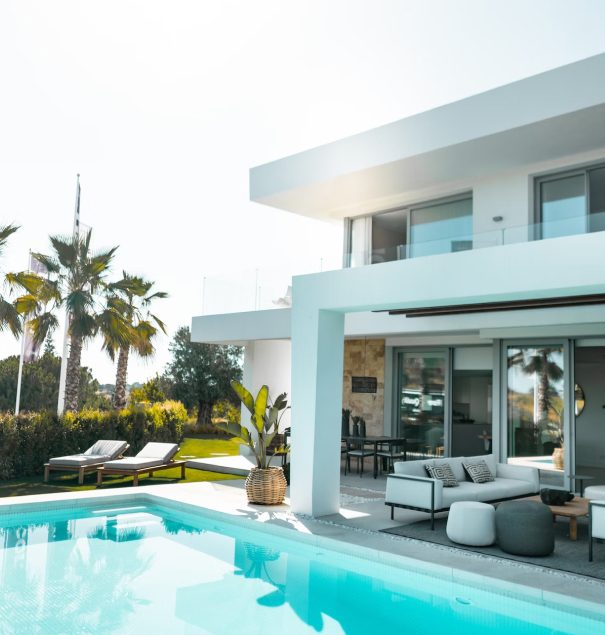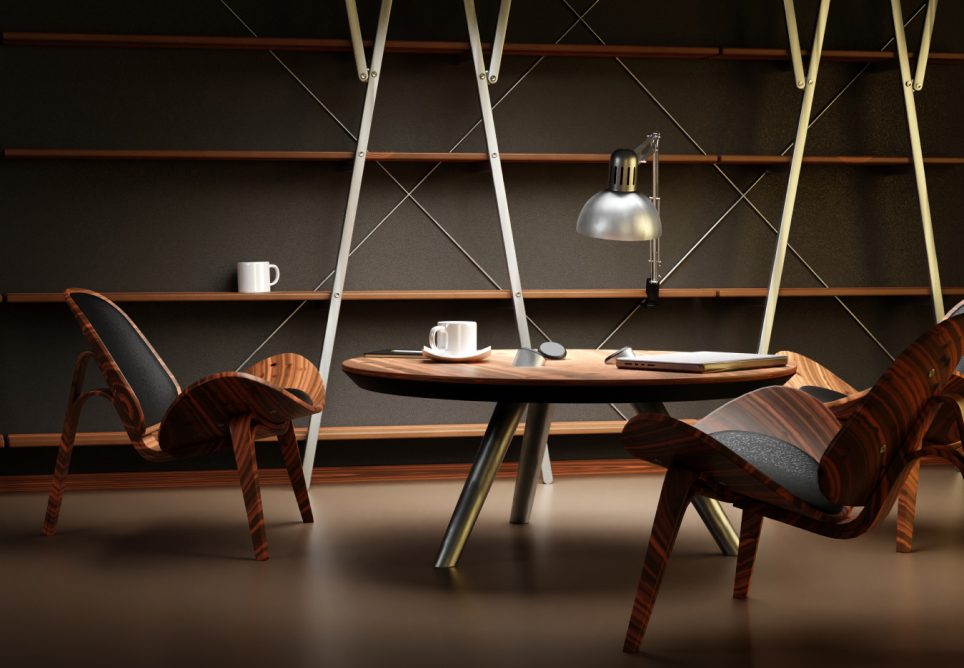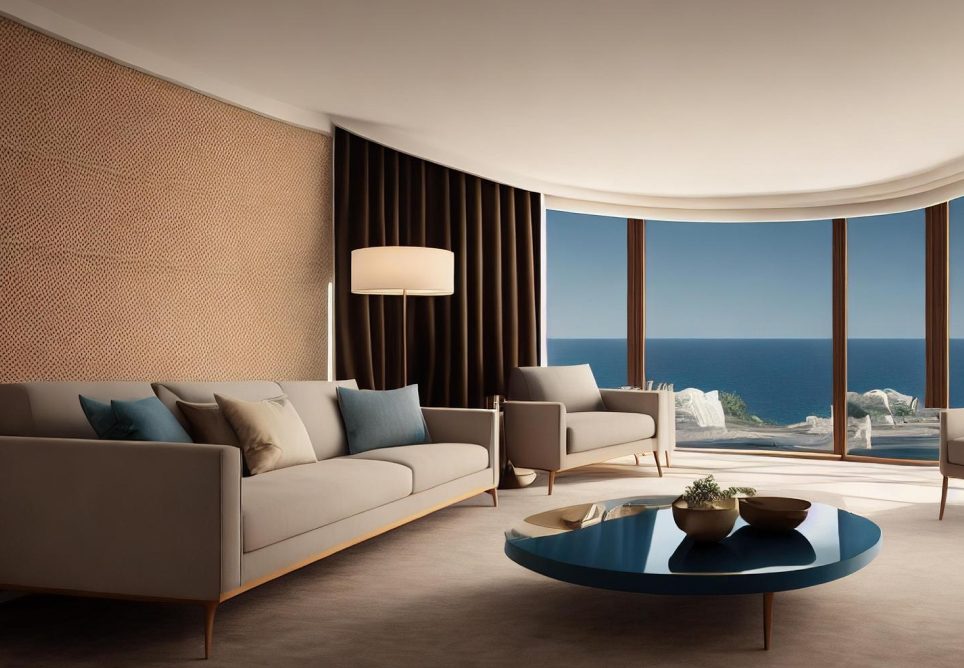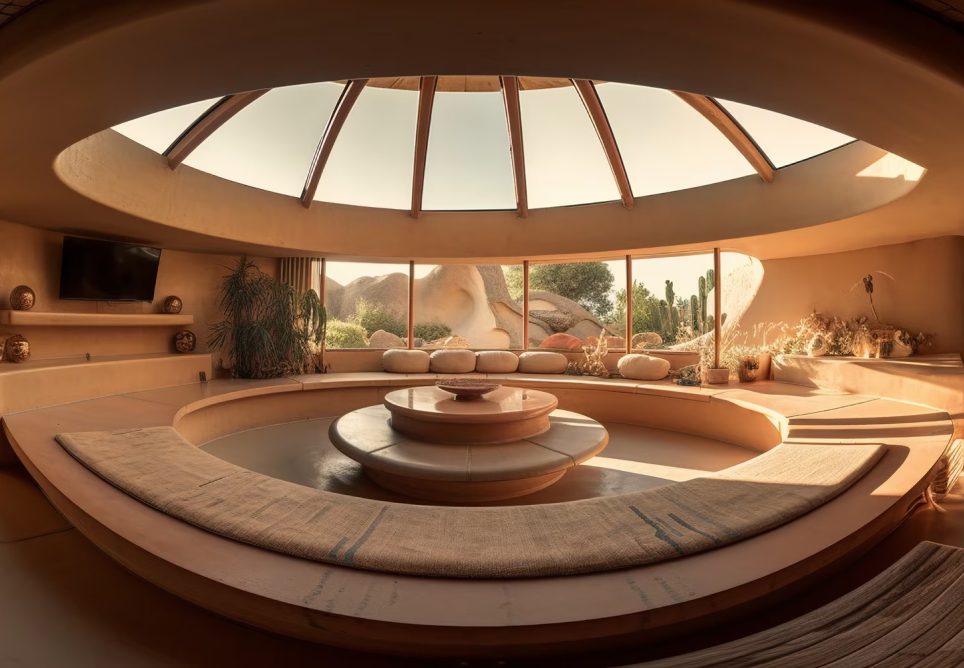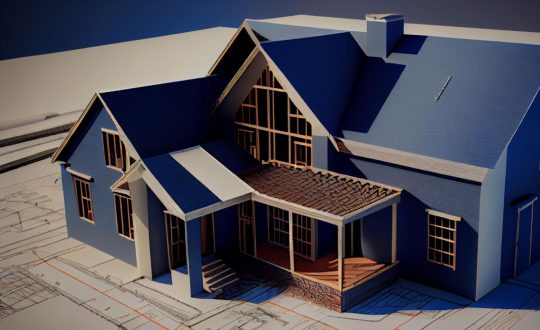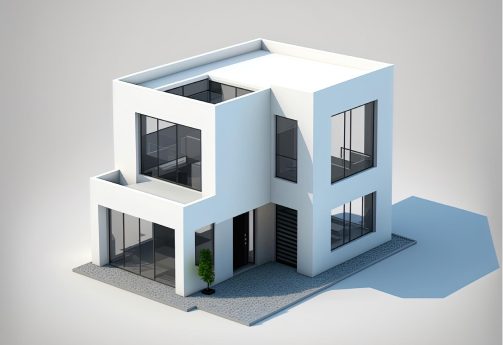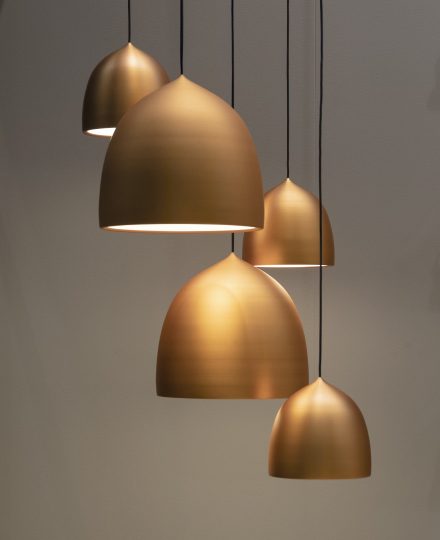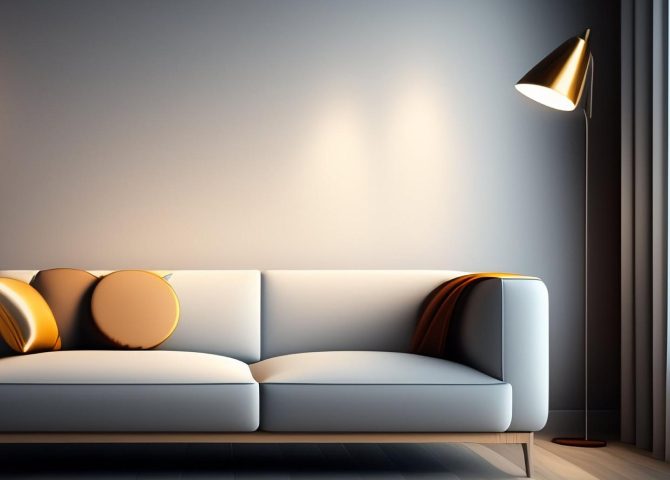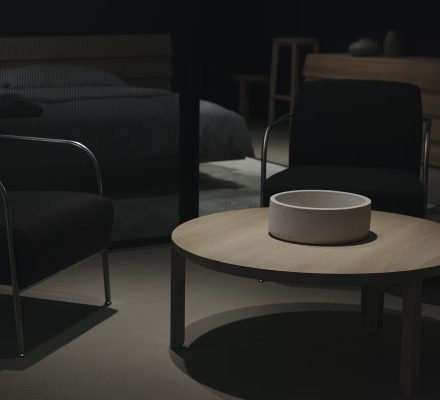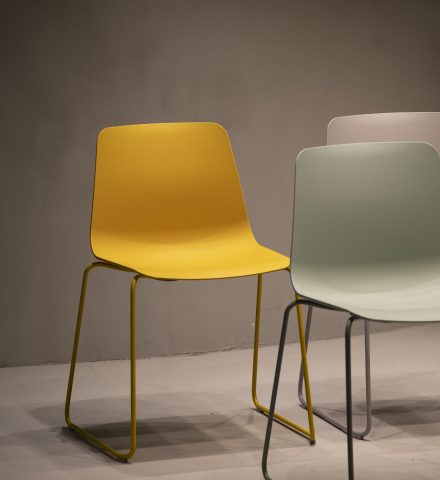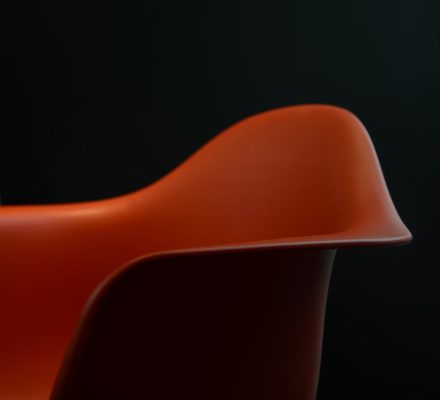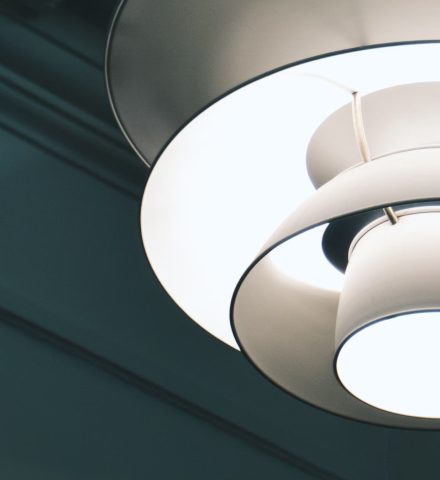Modern design must balance aesthetic purpose with functional intent. Urban density demands creative solutions to maximize limited space. Thoughtfully integrated public areas can transform cityscapes into human-centered experiences. Architecture reflects cultural identity and drives social interaction. Every design choice, from materials to layout, affects how people move, gather, and live. Light, texture, and geometry all shape how we interpret built environments. Patterns in nature inspire more adaptive and sustainable construction. Contemporary practices increasingly merge technology with biophilic design.
Climate-responsive architecture leads to more resilient cities. Passive cooling and local materials reduce environmental impact. Structural form should follow environmental logic. Responsive facades and smart infrastructure integrate efficiency and beauty. We must build for longevity, not just style. Form, scale, and placement determine how buildings serve people over time. Balancing minimalism with warmth creates meaningful human spaces.
Architecture should speak of its time and place, but yearn for timelessness
Adaptive reuse projects preserve historic layers while updating function. Modern interventions should enhance, not erase, existing narratives. Context-driven design embraces both constraints and opportunity. Designers act as storytellers, shaping how future generations experience history. Successful architecture leaves a legacy beyond its footprint.
Built environments influence behavior more than we realize. Intuitive circulation, natural light, and acoustic comfort impact wellness. Cities must accommodate both motion and pause. Walkability and accessibility are central to equitable design.
Design in Motion
Spaces evolve as user needs shift and technologies advance. Architecture must anticipate these changes. Flexible frameworks invite community ownership and creativity. Public design is not just infrastructure—it’s a platform for human connection. Every detail, from façade rhythm to plaza orientation, tells a story.

Tactile materials and green infrastructure bring warmth to modernist lines. Shade, seating, and soundscapes all shape the emotional experience of space. Architecture is not static; it’s lived and felt. Designers must move beyond aesthetics toward empathy. Ultimately, a city is a reflection of its people—and buildings must serve them.


